Author: Paul Amico
Developed by the Hop Breeding Company via cross pollination of a female neomexicanus hop, Sabro hit the scene a few years ago under the moniker Ron Mexico and was initially intended for the homebrew audience. Predictably, with its highly desirable fruity characteristics that include coconut and tangerine, Sabro is now available on the commercial market, and people can’t seem to get enough!
Alpha: 14 – 18%
Beta: 4 – 7%
Cohumulone: 20 – 24% of alpha acids
Total Oil: 2.5 – 3.5 mL/100g
Myrcene: 51 – 68%
Humulene: 7 – 14%
Caryophyllene: 7 – 11%
Farnesene: <1%
Linalool: 0.5 – 0.6%
ß-Pinene: 0.7 – 1.1%
Parentage: Cross-pollination of neomexicanus female
While I’ve had a few beers made with Sabro, it always made up just a portion of the entire hop bill, making it difficult to parse out this new variety’s unique characteristics. Wanting to learn more about what Sabro offers, I decided to make it the feature for this edition of The Hop Chronicles.
| MAKING THE BEER |
In order to let the hop character shine, I went with our standard Pale Ale recipe for this batch.
Sabro Pale Ale
Recipe Details
| Batch Size | Boil Time | IBU | SRM | Est. OG | Est. FG | ABV |
|---|---|---|---|---|---|---|
| 6 gal | 60 min | 40.0 IBUs | 5.7 SRM | 1.053 | 1.013 | 5.4 % |
| Actuals | 1.054 | 1.008 | 6.1 % | |||
Fermentables
| Name | Amount | % |
|---|---|---|
| Lamonta American-style Pale Malt (Mecca Grade) | 10 lbs | 83.33 |
| Vanora Vienna-style Malt (Mecca Grade) | 2 lbs | 16.67 |
Hops
| Name | Amount | Time | Use | Form | Alpha % |
|---|---|---|---|---|---|
| Sabro | 8 g | 40 min | Boil | Pellet | 15.1 |
| Sabro | 16 g | 15 min | Boil | Pellet | 15.1 |
| Sabro | 16 g | 10 min | Boil | Pellet | 15.1 |
| Sabro | 30 g | 2 min | Boil | Pellet | 15.1 |
| Sabro | 60 g | 3 days | Dry Hop | Pellet | 15.1 |
Yeast
| Name | Lab | Attenuation | Temperature |
|---|---|---|---|
| Independence (A15) | Imperial Yeast | 74% | 60°F - 72°F |
Notes
| Water Profile: Ca 92 | Mg 1 | Na 10 | SO4 153 | Cl 50 |
Download
| Download this recipe's BeerXML file |
After collecting the full volume of water in my kettle and lighting the flame under it, I milled the grains.
When the water was at strike temperature, I added the grains and stirred for a bit before letting it rest at 152°F/67°C for an hour.
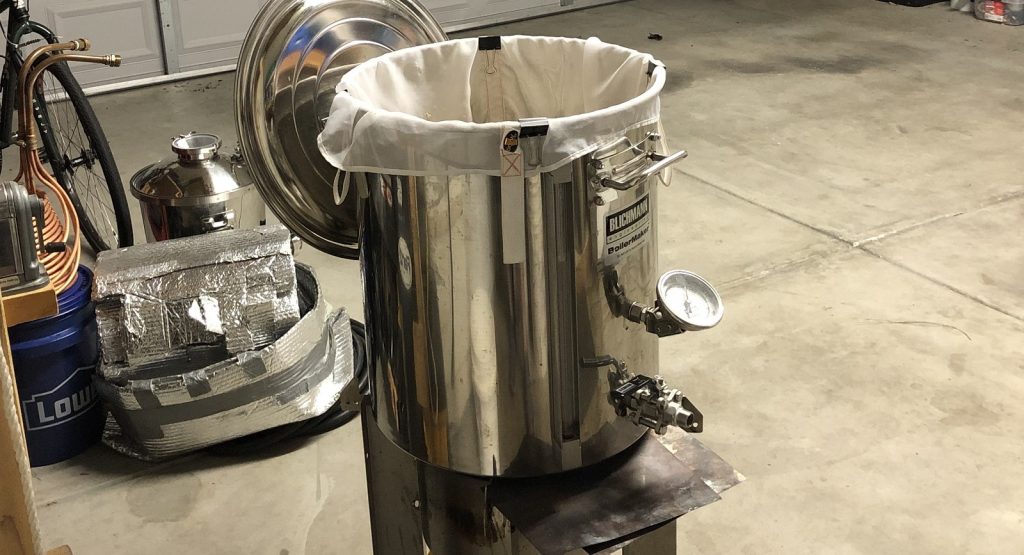
With the mash rest complete, I raised the grain bag out of the kettle and let it drip while the wort was heating up.
I then measured out the kettle hop additions.
The wort was boiled for 60 minutes with hops added at the times stated in the recipe.
When the boil was finished, I quickly chilled the wort with my Hydra immersion chiller.
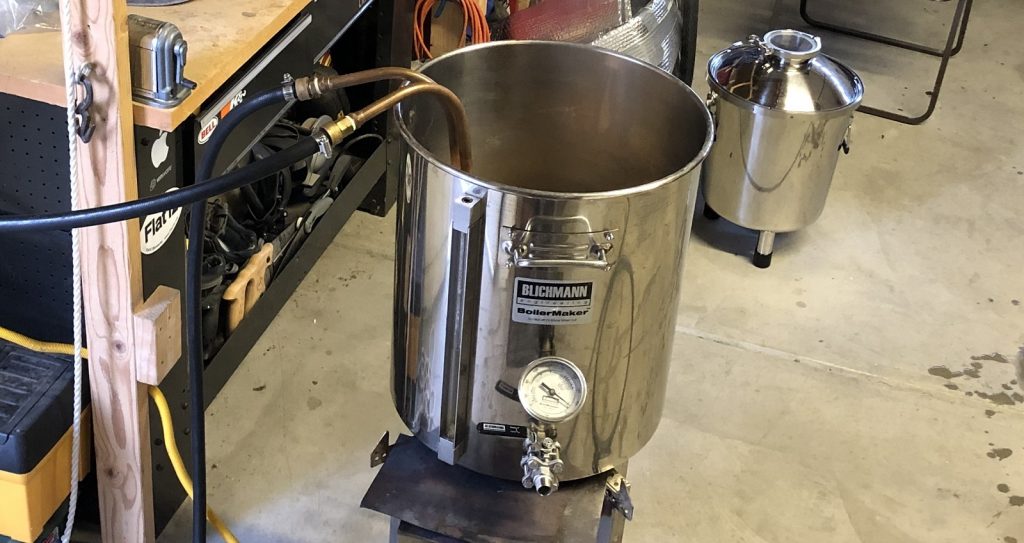
A refractometer reading showed the OG was right where I intended.
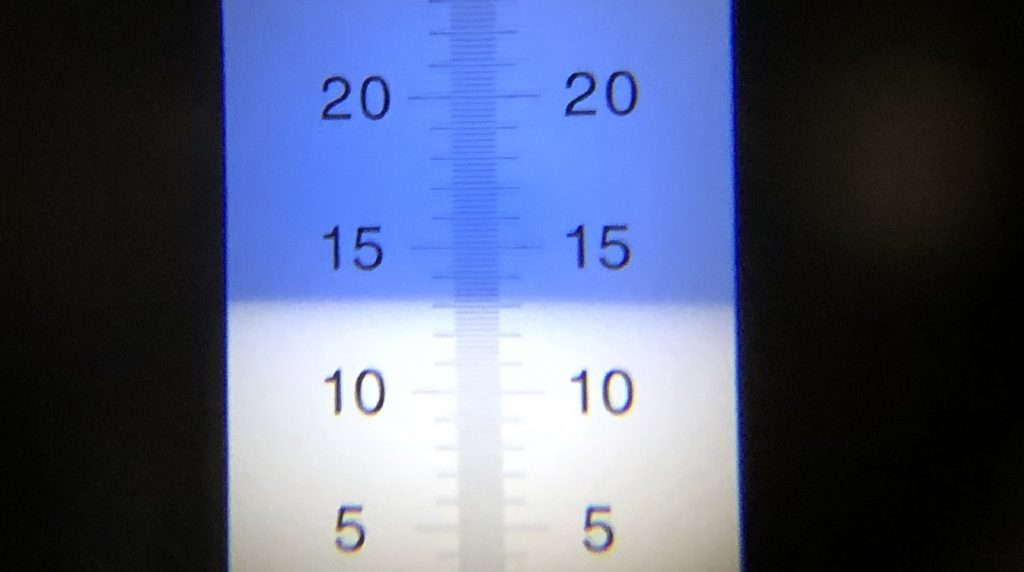
The chilled wort was then transferred to a sanitized fermentation vessel.
Next, I pitched a pouch of Imperial Yeast A15 Independence before moving the beer to my chamber.
I noticed airlock activity a few hours later and the beer was left to ferment at 66°F/19°C for 6 days before I added the dry hop charge. After another 3 days, signs of fermentation were absent, so I took a hydrometer measurement confirming FG was reached.
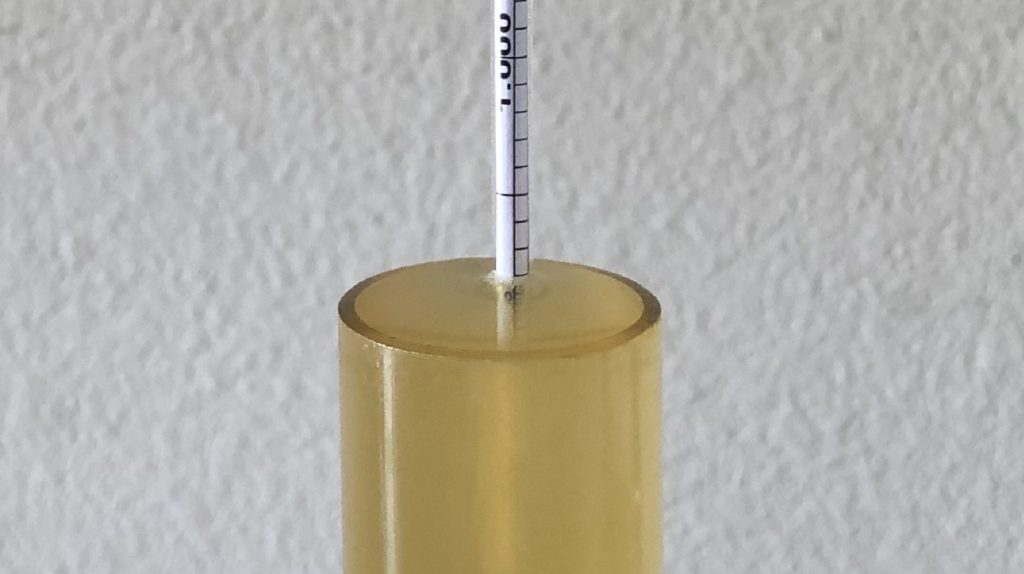
At this point, the beer was racked to a CO2 purged keg that was placed in my kegerator and burst carbonated overnight. I let the beer condition at serving pressure for a few days before it was ready to serve to blind tasters.
| METHOD |
Participants were instructed to focus only on the aromatic qualities of the beer before evaluating the flavor. For each aroma and flavor descriptor, tasters were asked to write-in the perceived strength of that particular characteristic on a 0-9 scale where a rating of 0 meant they did not perceive the character at all and a 9 rating meant the character was extremely strong. Once the data was collected, the average rating of each aroma and flavor descriptor was compiled and analyzed.
| RESULTS |
A total of 37 people participated in the evaluation of this beer, all blind to the hop variety used until after they completed the survey. The average aroma and flavor ratings for each descriptor were plotted on a radar graph.
Average Ratings of Aroma and Flavor Perceptions
The 3 characteristics endorsed as being most prominent by participants:
| Aroma | Flavor |
| Tropical Fruit | Floral |
| Citrus | Citrus |
| Stone Fruit | Tropical Fruit + Resinous (tie) |
The 3 characteristics endorsed as being least prominent by participants:
| Aroma | Flavor |
| Onion/Garlic | Berry |
| Dank/Catty | Onion/Garlic |
| Earthy/Woody | Spicy/Herbal |
When asked to rate the pungency/strength of the hop, most tasters perceived it as being mildly to moderately pungent.
Tasters were then instructed to identify beer styles they thought the hop would work well in.
Finally, participants were asked to rate how much they enjoyed the hop character on a 1 to 10 scale.
My Impressions: I first heard about Sabro on an episode of Yakima Valley Hops’ podcast, The Late Addition, and was immediately interested to try it out based on the descriptors they discussed. I’m a big fan of IPA with strong citrus flavors, which Sabro was said to impart along with other fruity characteristics I thought would work really well together. From the moment I opened the bag of hops, I knew I was going to like this variety, it just smelled so good. And I wasn’t wrong. I perceived the aroma of my single hop Sabro Pale Ale as being very fruity, the citrus notes matched closely in pungency by a very pleasant tropical fruit character reminiscent of piña colada. While I felt these characteristics carried through to some degree in the flavor, I picked up a touch of pine and earthiness as well. Unique and delicious!
| CONCLUSION |
It seems every year a new hop hits the market, most with descriptors that appear intended to entice hop-heads though often fall short of expectations. In the case of Sabro, this just doesn’t seem to be the case. Not only did the blind data largely corroborate existing descriptors, but a few tasters commented on the unique pineapple and coconut-like characteristics they perceived in this single hop beer, both of which Sabro has been said to impart.
Considering current trends in beer, I’m not sure I’m aware of a single hop variety that would pair better with hazy, sweet, creamy, adjunct-laden IPA than Sabro– juicy fruit up front with a creamy touch of warm coconut to soften things up. If that doesn’t sound like a tasty milkshake, I’m not sure what does. And curiously, this beer never really cleared up, leaving me wondering if the hops possibly played role. Regardless, while Sabro is no-brainer for IPA of all sorts, I can also see it working well in less hop-forward styles like American Wheat, Blonde Ale, and even Porter.
As single hop beers go, I’d have to say this Sabro Pale Ale was one of my best, as it brought more to the party than most other varieties I’ve brewed with. That said, I’m looking forward to combining it with other hops to see what else might be coaxed out, I think it’d pair well with Amarillo, Mandarina Bavaria, and Cascade, varieties known for their citrus character. All in all, I’m a huge fan of Sabro and definitely plan to make it a normal part of hop stock!
Sabro hops are available now at Yakima Valley Hops on a limited basis, get them while you can! If you have any thoughts on this variety, please feel free to share them in the comments section below.
Support Brülosophy In Style!
All designs are available in various colors and sizes on Amazon!
Follow Brülosophy on:
FACEBOOK | TWITTER | INSTAGRAM
If you enjoy this stuff and feel compelled to support Brulosophy.com, please check out the Support page for details on how you can very easily do so. Thanks!



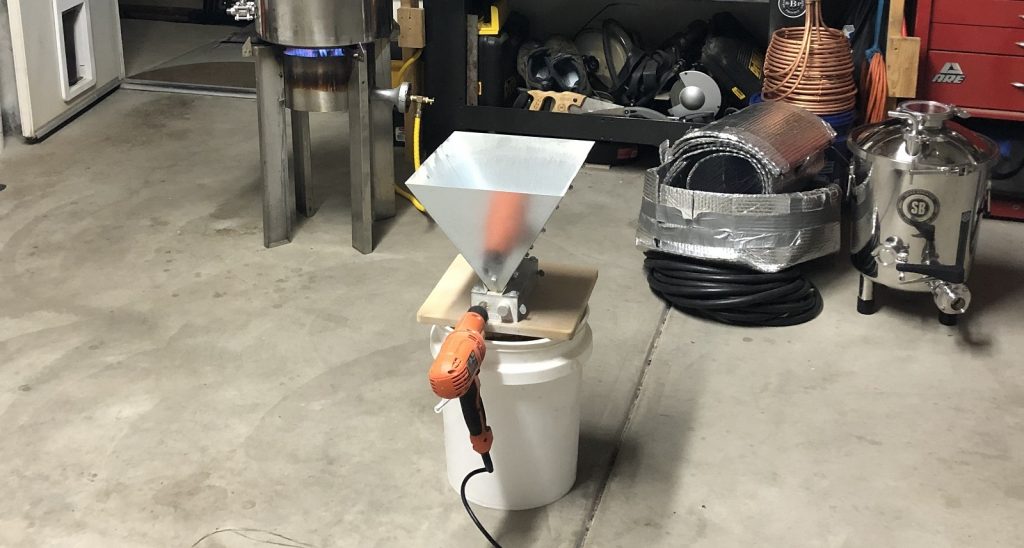
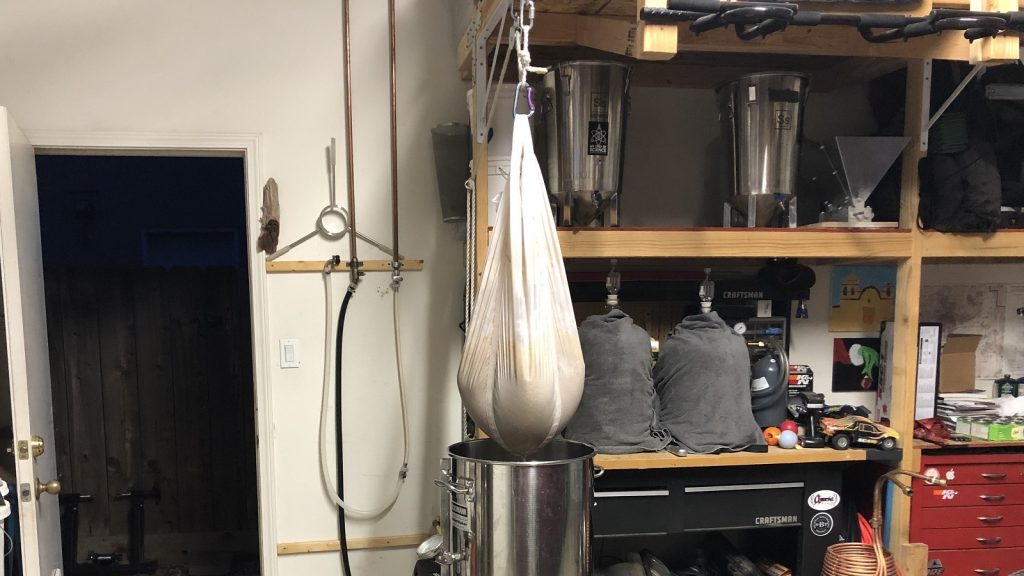
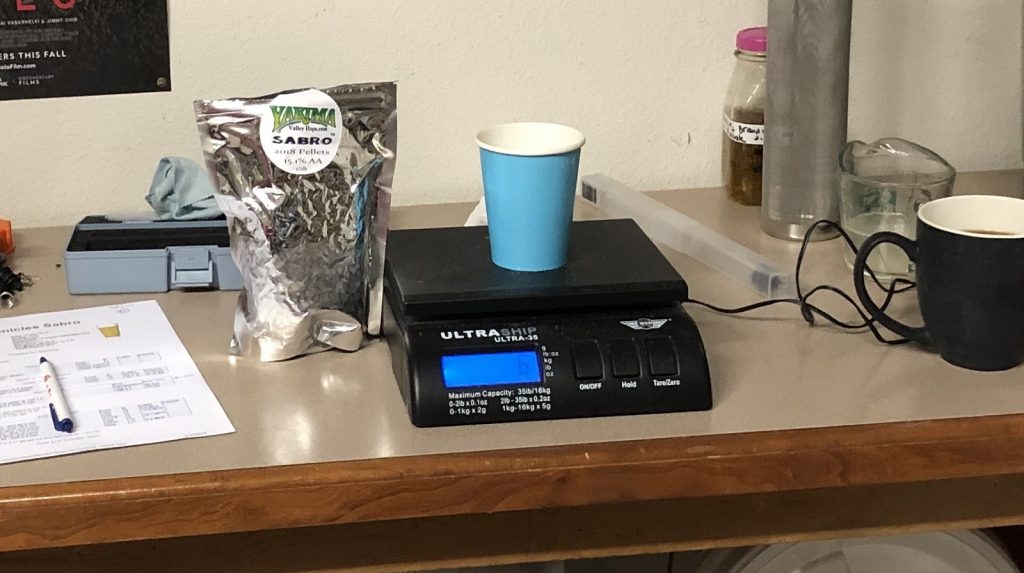
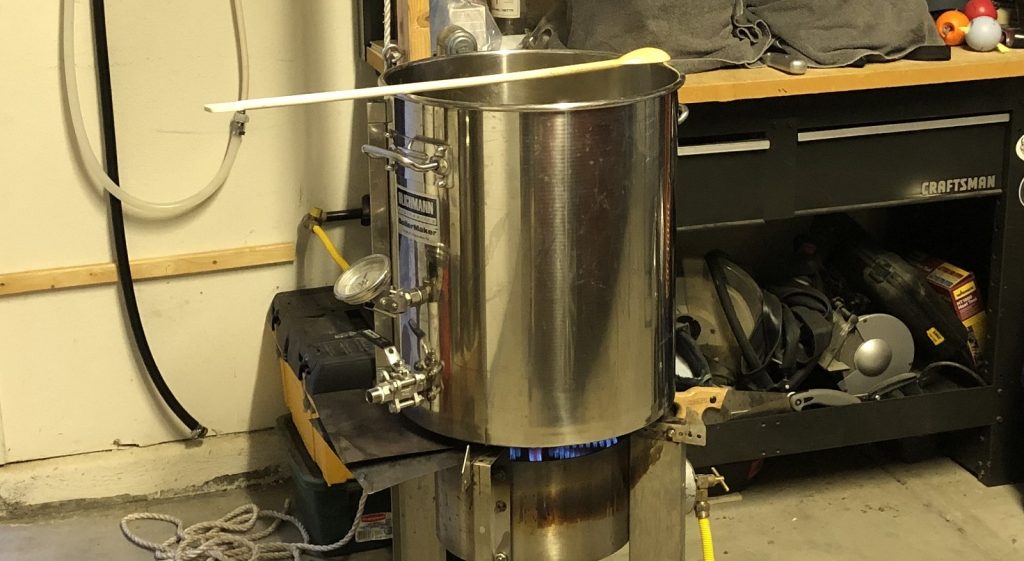
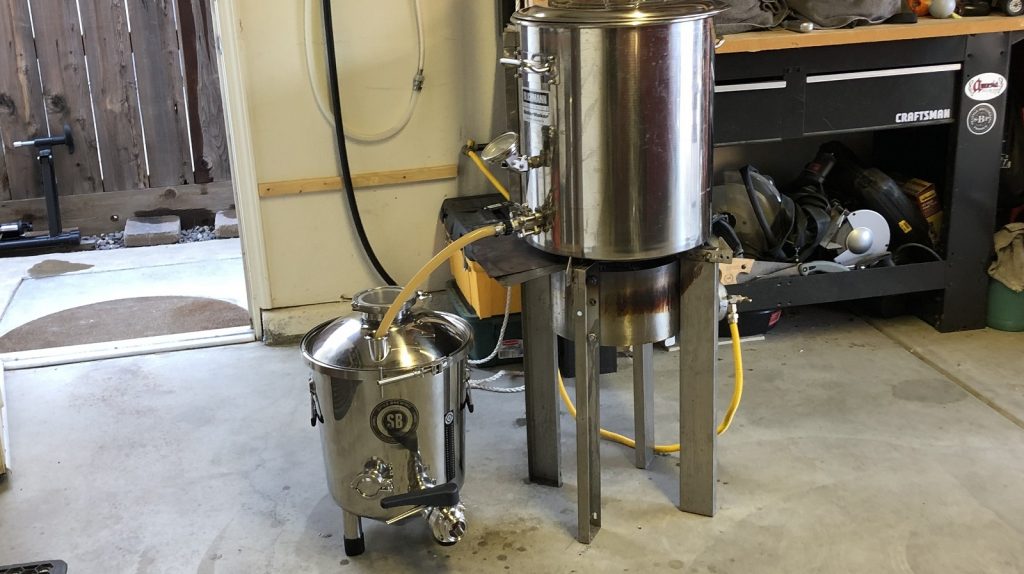
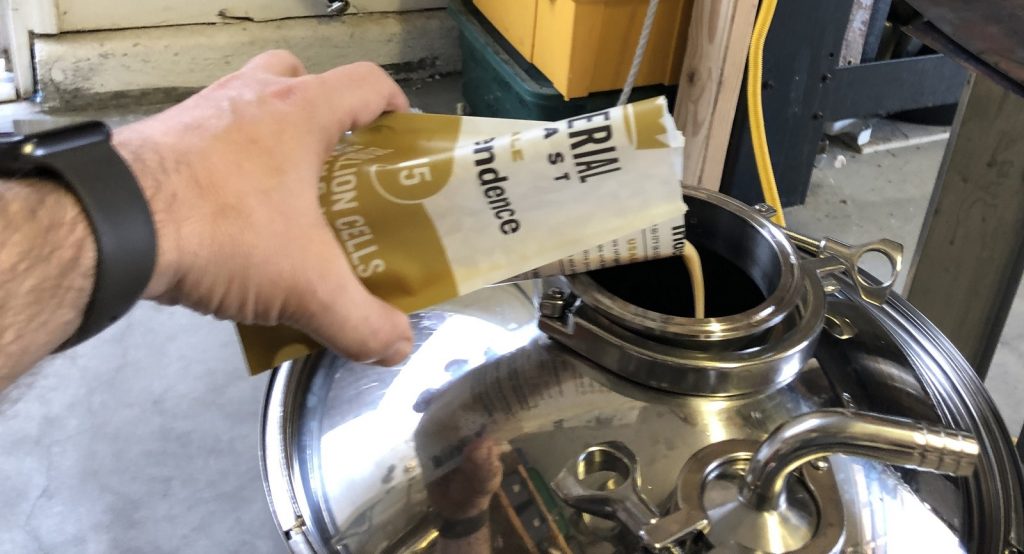
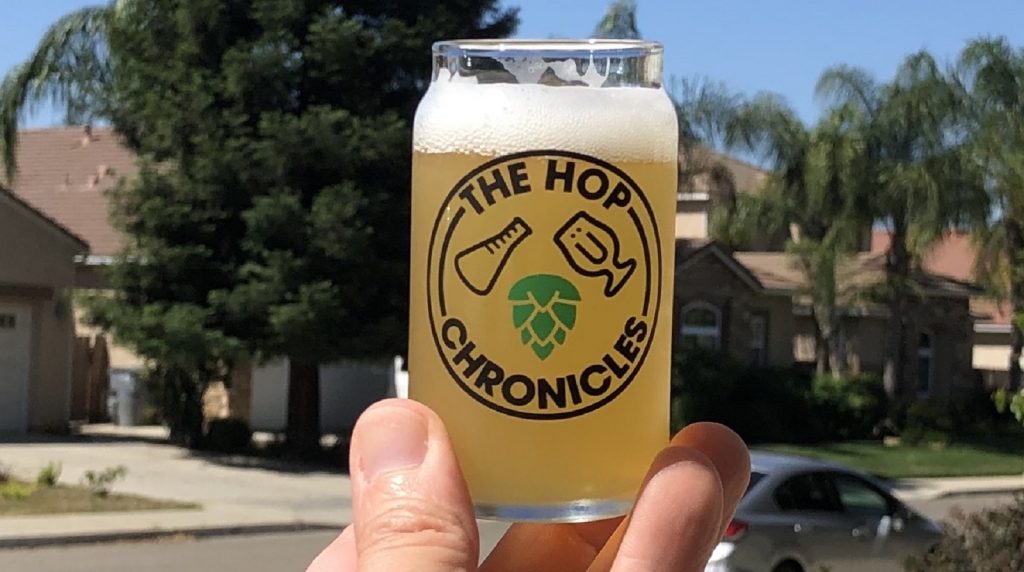
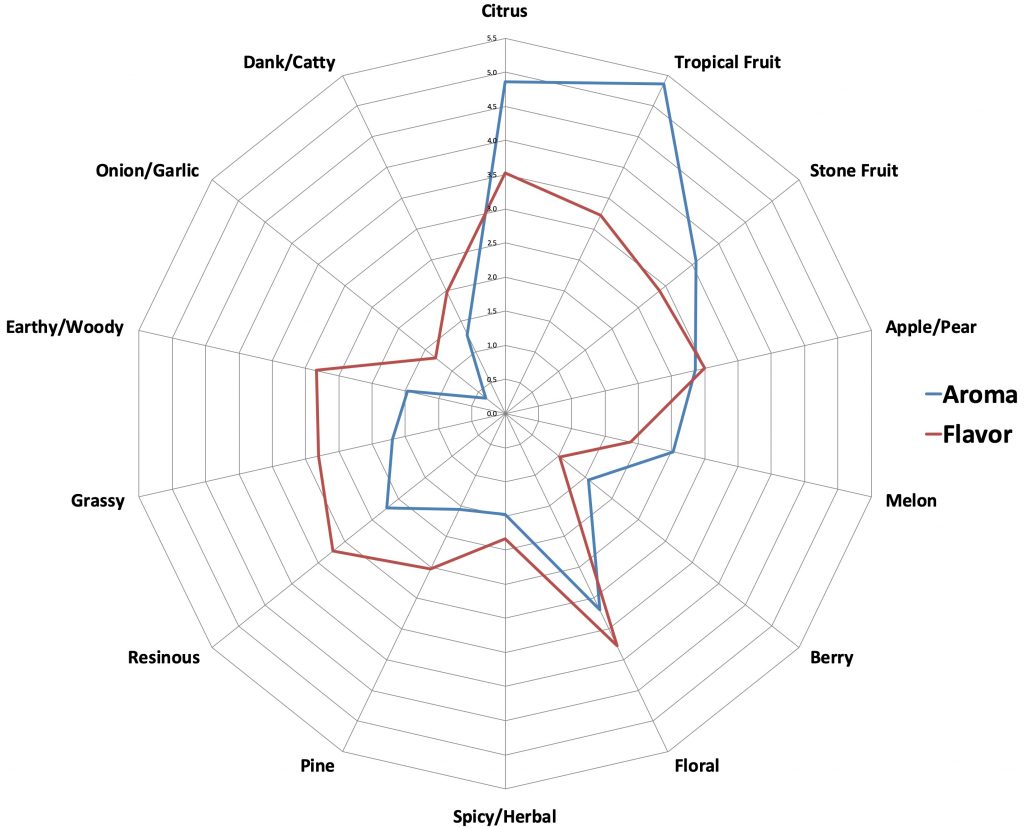
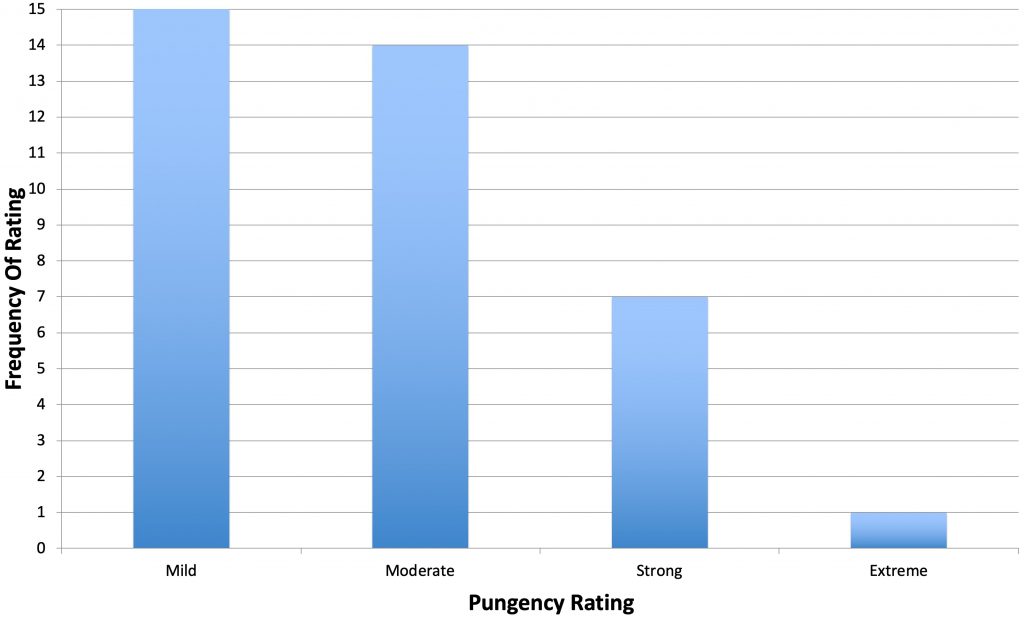
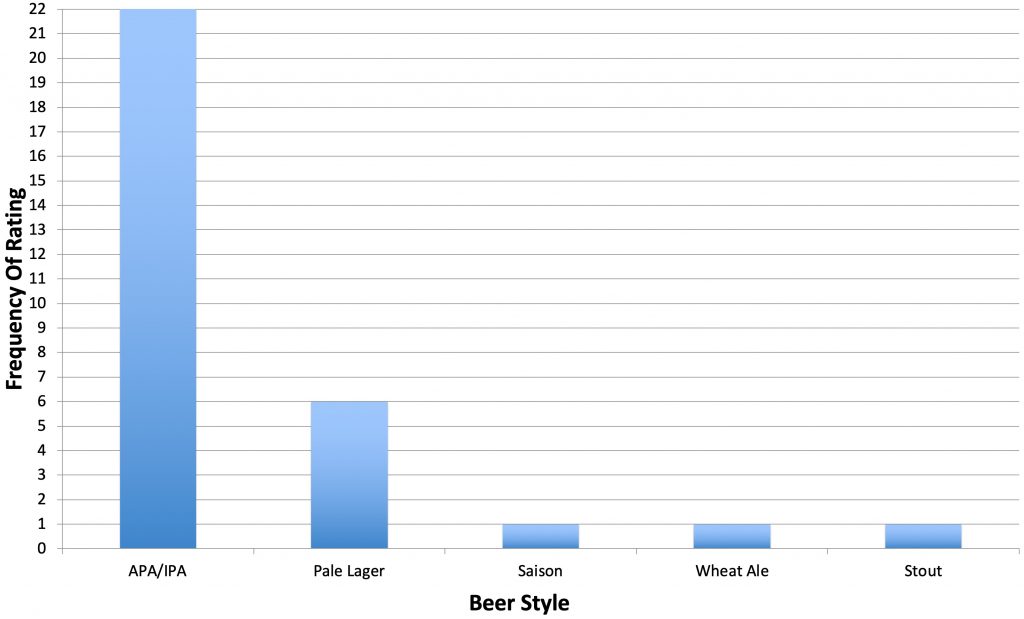
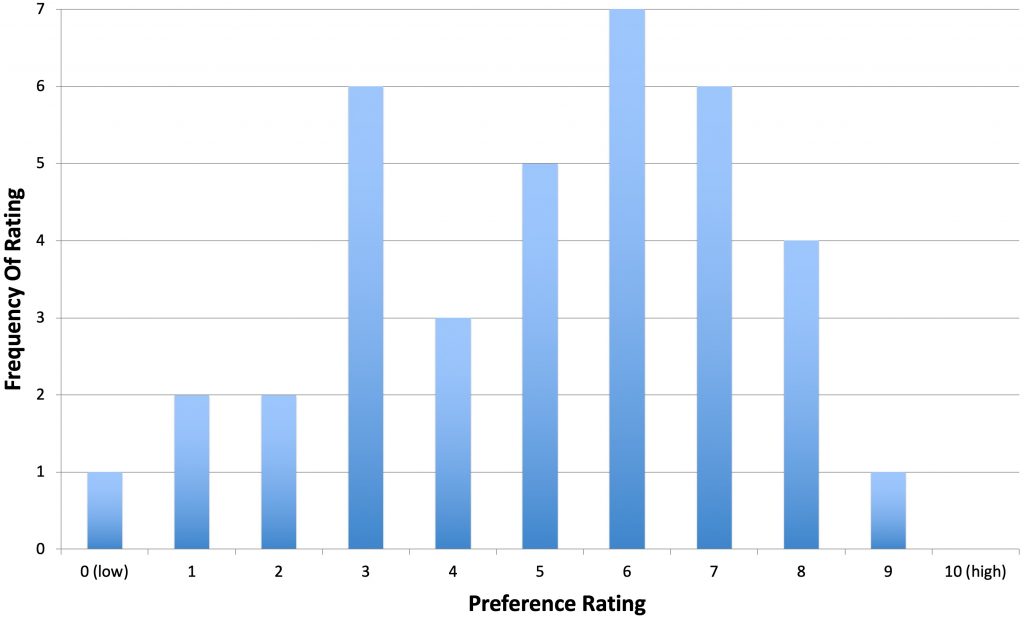











14 thoughts on “The Hop Chronicles | Sabro (2018) Pale Ale”
My recent experience with Sabro, both in homebrew and commercial beer, has been a bit negative. It seems to overwhelm EVERYTHING with its tropical-ish flavor and doesn’t leave a lot of room for other hops to come through.
Thanks for that observation. I have some left over and was going to throw it into an IPA soon so I’ll take this into account. You think it would be better for dry hop or late addition exclusively?
Nice work Paul! I know you mentioned in the article you think Sabro might pair well with a porter. I was thinking about using Sabro in a stout or porter to bring the flavor of coconut without using coconut. How do you think it would work with a porter with a lot of chocolate notes? In what way would you use the hop to get the most coconut flavor out? I was thinking make a chocolate porter and use Sabro only in the dry hop. Thoughts anyone?
I personally didn’t get much coconut out of it, I thought it had a strong tropical fruit aroma and mild tropical fruit flavor. Not sure how that would pair with a stout or porter. Though I do note that we did get 1 person that said it would go well in a stout. Maybe they and you are on to something!
You should try some HBC 472 if you can get your hands on it. Tons of coconut come off of that. We used it for a porter (without real coconut) and turned out awesome.
Very nice, thanks! Say, how do you maintain the temperature during the mash?
I use a wrap of reflective bubble wrap insulation that I made up, and when it’s cold (Fresno doesn’t get very cold, really…) I throw a sleeping bag or two on top of it. It works decent, and I always get good mash efficiency. Generally will drop about 5 degrees when it’s cold, which I don’t worry too much about. Shoot me an email and I’ll send a pic.
Nice write up, Paul. I’ve been waiting for you guys to tackle this for the Hop Chronicles. When I tested out this hop there was a guy in homebrew club that noticed the cedar and mint flavors. I didn’t notice it myself. Did anyone mention this during your tasting?
One person described the flavor as having a hint of cedar, but not mint. Everyone else said fruity or tropical.
I tasted my first IPA made exclusively with Sabro this weekend. My girlfriend and myself both concluded that it reminded us of anise and mint. Quite far from what has been observed by the tasters.
Smelled like lychee or stone fruit in the bag and right out of the carboy. Weeks later taste was like cedar with a little of that stone fruit. Really liked it actually. Used 4 oz in an Amber ale.
Love all the Hop Chronicles!
I live in Australia, and often visit your site when developing recipes..
I recently used Sabro for the first time to make a…well lets call it an XPA
I used a lot (100g in a 10 litre batch) hop burst + dry hop, backed up by about 30g Citra.
I got huge aromas of coconut and nectarine, and cream in the flavour, it seemed to give the beer a perception that lactose had been added, but without the sweetness.
It’s a very interesting hop, think I’ll use with with some big guns next in a Sabro/Citra/Galaxy IPA.
Keep up the good work!
Just ordered a pound of this hop variety from Yakima since it was on sale for a great price. I’m looking forward to trying it as the highlight hop in my house Black Rye DIPA. Expecting great things based on what everyone is saying here!
Went 56g Sabro, 28g Idaho #7, 14g el dorado in whirlpool then 56g el dorado, 56g Sabro, 28g Idaho #7 dry hop (3days) in a NEIPA and got intense coconut and a little pineapple. Interesting beer but not something I’ll try to brew again. Seems like this could work well in a dark beer